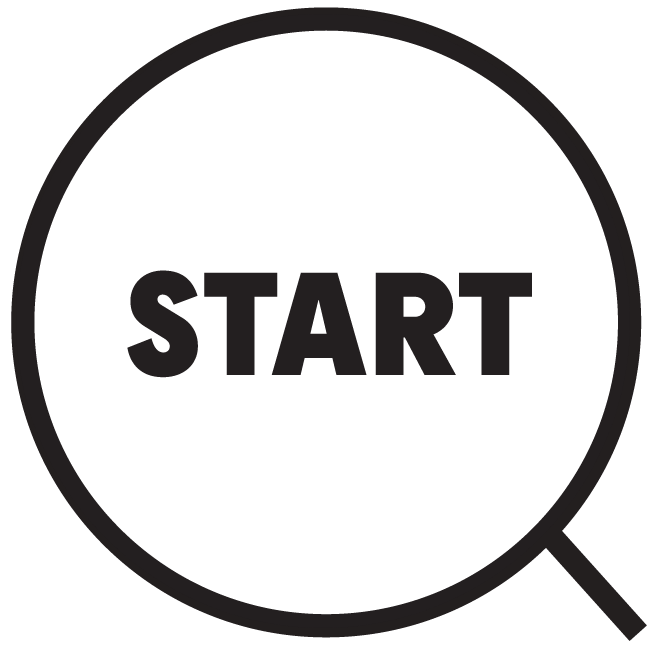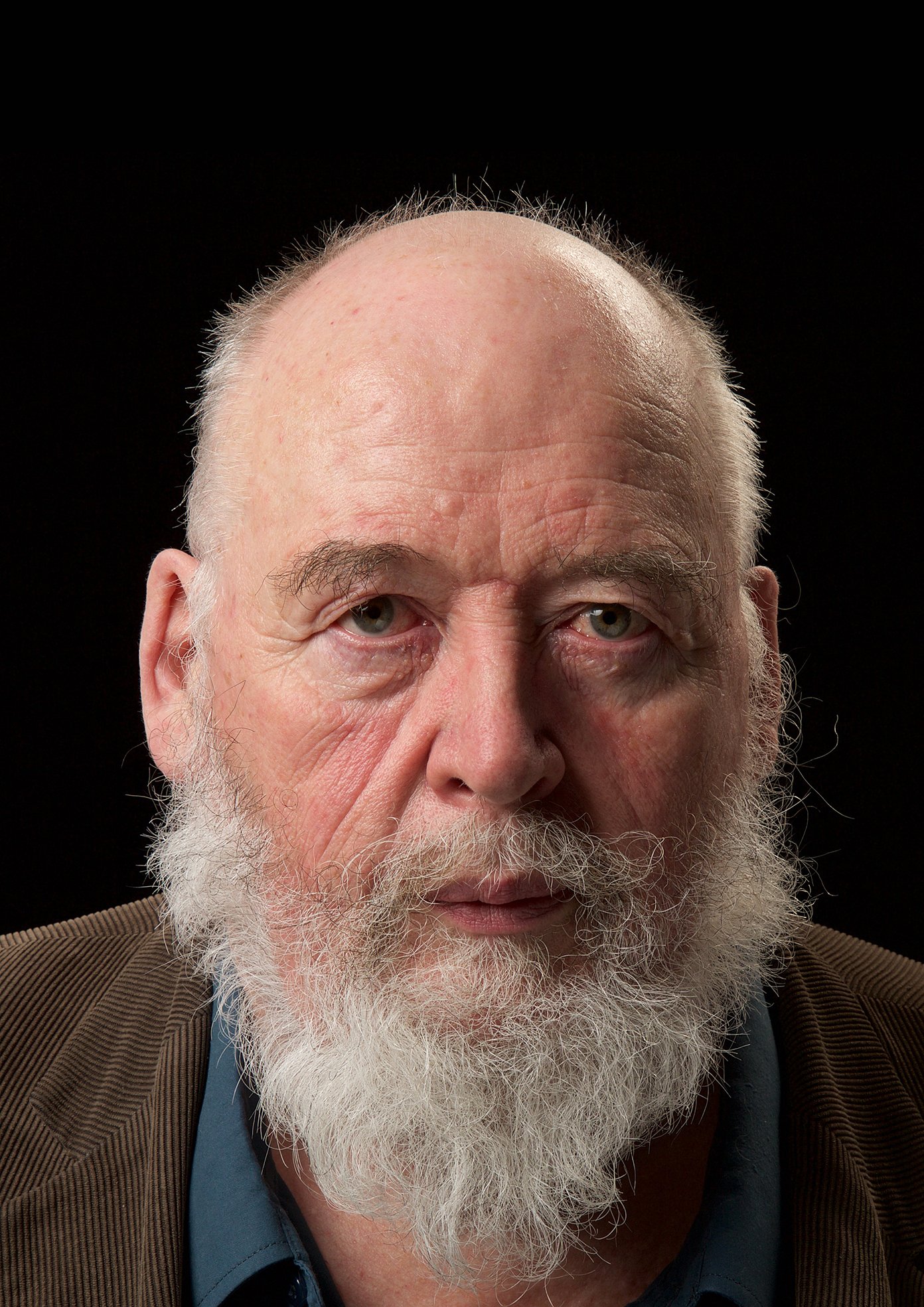Dr Gerard King: St James’s Research Profile
17/08/2023
According to Dr Gerard King, his own career progression has coincided with that of the evolution of the use of cardiac ultrasound in Ireland, which started in the 70s. Talking with the Office of the Dean of Research, he detailed how both have progressed since then. Now that he has retired from his position as Chief Cardiac Clinical Physiologist in St James’s Hospital he works for the Institute of Cardiovascular Science as part of the St James’s Hospital Foundation. He is currently working on smaller projects with the Health Research Board as well as lecturing part time on both Trinity College Dublin’s MSc course in Cardiology and the BSc course in Clinical Measurement at the Technical University of Ireland.
He notes that he had a rather circuitous route where he “fell into” academia instead of taking a traditional pathway. In the early days of cardiology, he explains, he started out as an electronics trainee technician and, by chance, was moved to the cardiology department in the Royal City of Dublin Hospital on Baggot Street. At the time the unit was run by Dr Gerard Gearty, who is now renowned as a pioneer of interventional cardiology, and the unit’s surgeon was Dr Keith Shaw, after whom St James’s cardiothoracic surgery unit is now named. There, King worked on measurements for heart studies: “I used to calibrate the equipment at the other end of the patient, while the consulting cardiologist was taking pictures of the coronary arteries and measuring inter cardiac pressures.”
Things changed significantly when they got their first echo machine for imaging the heart. “It arrived in a box (Old Smith Kline model) A, B, and M- mode ultrasound. No one opened the box, so I opened the box, and I started to explore, and we got our first images.” This machine enabled them to pass ultrasound through the chest walls, and images of the heart came back as pulses, showing the motion of the aortic and mitral valves. Baggot Street was the centre for ultrasounds in the 1970s, so cardiac patients came in from around the country. King would record the ultrasounds on video tapes and then watch the footage and report alongside the consultants. These were the early days of echocardiography, and newer more up-to-date machines soon followed.
It was at this time that he and Professor Kieran Daly, Consultant Cardiologist in University Hospital Galway, set up the Irish Cardiac Echo and Imaging Group in order to promote the study and advancement of ultrasound imaging and Doppler. The group has since amalgamated with the British Society for Echocardiography. King’s advancement of the field would continue in the 90s when he became secretary of the Irish Cardiac Imaging group, founded by Consultant Cardiologist Dr Angie Brown from Bon Secours Hospital. He also was awarded a fellowship of the society of cardiology science and technology in 1998.
The Royal City of Dublin Hospital closed its doors in 1986 and the nursing school was closed and sold. All staff and facilities moved to the St James campus. Eventually, King attended Trinity College Dublin and obtained a master’s degree in clinical science with support from the Royal city of Dublin hospital trust under the guidance of Prof. Michael Walsh. This cardiac research trust, indeed, is still supporting King’s research today. His master’s investigations examined the resting dynamics of the ischemic heart with the use of Doppler tissue imaging. King also lectures on the Dublin Institute of Technology’s four year degree program in physiological measurement.
Following this, he pursued a PhD on the topic of athlete’s heart in 1994-96 under the supervision and guidance of Prof Matt Hussey at the Technical University of Ireland, who was completely inspirational in his career, alongside Prof Michael Walsh. His external supervisor was Prof Norman Mc Dicken from the University of Edinburgh. They used tissue imaging to distinguish the difference between pathological and physiological left ventricular hypertrophy, which enabled King and his team to establish an index of myocardial stiffness. “The ECG in athletes is abnormal,” he explains. Athletes have thicker walls in their left ventricle due to the increase in heart muscle size associated with long-term training. This is something they share in common with those with heart disease, and it can be difficult to distinguish between the two conditions. “The only way to asses was through a complete examination with ultrasound.”
After 20 years as a Cardiac Clinical Physiologist in St James’s, during which time he won the Irish Journal of Medical Science Doctor’s Award (2008) and the Irish Heart Foundation’s Noel Hickey Research Bursary, King moved to Limerick in 2009 and started work at Eagle Lodge Cardiology with Consultant Cardiologist Dr John Clarke, who had established the practice in 1993. It was not long after that Consultant Cardiologist Dr Ross Murphy invited King back to St James’s to concentrate on research and support new cardiac registrars with their projects on a part time basis. This has led to research on areas such as hemochromatosis, sleep apnoea, and the cardiac consequences of cancer related fatigue. Recently, one of the registrars had a paper published in the British Society of Echocardiography Journal (Research and Practice), looking at heart functions pre- and post- TAVI valves. Along with nine papers in which King is the primary author, overall his team has had over forty-six research contributions.
His research, he reflects, has been supported by “a good mix of the clinical.” If you want to progress with the latest advances, you have to “work alongside the clinical, going into the background, otherwise you get lost. You have to know what the questions are so you can look further into the research aspect and see how you can answer those clinical questions.”
Given his busy schedule and diverse research interests, what does a typical week look like for King? Indeed, every week is different. He spends two or three days a week in Limerick working with the latest technology at Eagle Lodge Cardiology, and he is in St James’s every Friday working on both projects for the Health Research Board and ones assigned him by Dr Ross Murphy. As well as teaching on Trinity’s MSc in Cardiology he lectures in DIT: anaesthetists are now using portable ultrasound devices and they have to be trained to use them. King’s job is to teach use of the different controls and how to optimise the image on various teaching courses.
His current personal research interest is vortices in the heart. He is working with a group of Japanese veterinarians who are exploring the likelihood that the heart is not actually a pumping device! “Everyone thinks the heart is a squeeze box but it’s actually a twister. It twists and creates vortices,” King explains. “I was trying to time these vortices using an application of ultrasound, especially in the athletic and diseased hearts, and we found differences in the strength and position of the vortices between both groups Therefore we hope to summarize vortex application in clinical medicine and how these flow features can be used to assess the functional status of the heart.
Indeed, King’s research highlights the ever-increasing reach and influence the field of cardiology has. Nowadays, echocardiography is used in all aspects of health. Every area of the hospital, from orthopaedics to oncology, needs cardio ultrasound. King notes that, in oncology, some of the drugs they use are cardiotoxic, so echocardiography is particularly important, as ultrasounds are required before and after treatment. The most recent development is that echocardiography enables oncologists to look at subclinical changes: in other words, changes that up till now have not been detectable.
When asked about advice for those considering a similar career path, King notes that, unlike the distant past, the educational pathways into the arena of the clinical measurements professions are now clear. There exists a CAO points directed opportunity for anyone interested in entering the profession of cardiac clinical physiology. It is now a four year degree course leading to a BSc honors degree from the Technical University of Dublin. The west of Ireland also offer a pathway through the Atlantic Technological University of Sligo an MSc in clinical measurement physiology with a cardiac option. Both these courses are the gateway into the profession and consists of set lectures and clinical placements: more importantly, they offer modules on research practice and theory.
Clearly, it’s a field that is ever-expanding and progressing at a very fast rate. Since King has been working with it all the way, what does he anticipate for the future of cardiology? There are important new echocardiographic modalities being added to ultrasound machines almost daily. The units are getting smaller and their use is getting wider. King predicts that these machines are going to take over from stethoscopes in clinical practice. They will need to be regulated, however. Another challenge is the advent of Artificial Intelligence and the fusion of other professions into a common goal where technology can be used by all. As Rodgers & Hammerstein so aptly put it, the “Farmer and the Cowman should be friends,” and (Cardiac) territory folk should stick together. King looks forward to participating in this progress while supporting cardiac projects in St James’s and working at Eagle Lodge cardiology.
Dr Gerard King
Dr Gerard King is an experienced Cardiac Physiologist and Post Doctoral researcher under the auspices of the Cardiovascular Research Department funded by a grant from The Royal City of Dublin Hospital Institute at St James’s Hospital Dublin, led by Dr Ross Murphy. He has a demonstrated history of working in the medical practice industry in Echocardiography, Athlete’s Heart, and ECGs. He is a founder of the Irish Echo Group with Prof Kieran Daly and past secretary of the Irish Cardiac Imaging group. King also works for Dr John Clarke at Eagle Lodge Cardiology in Co. Limerick.


